Monitor setup
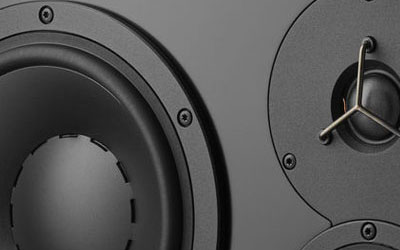
So you've got your monitor speakers and the room you work in, but speakers need to be setup in the correct position to get the best listening for accuracy. You don't have to go over the top with speakers & listening position, but here's the general rules you should try and stick to:
Room shape: Most of us have our music studio setup in a room in a house or in a converted garage or workroom premises & that means it will usually be a rectangle shape. Unless the room is very big, it is always best to setup your speakers & listening position along the length of the room like in the picture below.
Speakers v rear wall: Ideally your speakers should not be placed right up against the rear wall, unless specifically you are using speakers which state that they should be setup in 'Firing Squad' position (backs against the wall). With most speakers you should leave a minimum 12" gap between the rear of the speaker & the wall to avoid over-hyped bass.
Speakers v side walls: Do not have your speakers right up close to the side walls. Ideally want to leave a gap of around 24" inches.
Seating position: Ideally you should not sit 50% or more down the length of the room from the speakers position. This is because rooms tend to reduce bass in the middle. The best position is around 38% of the room length from the speakers as shown.
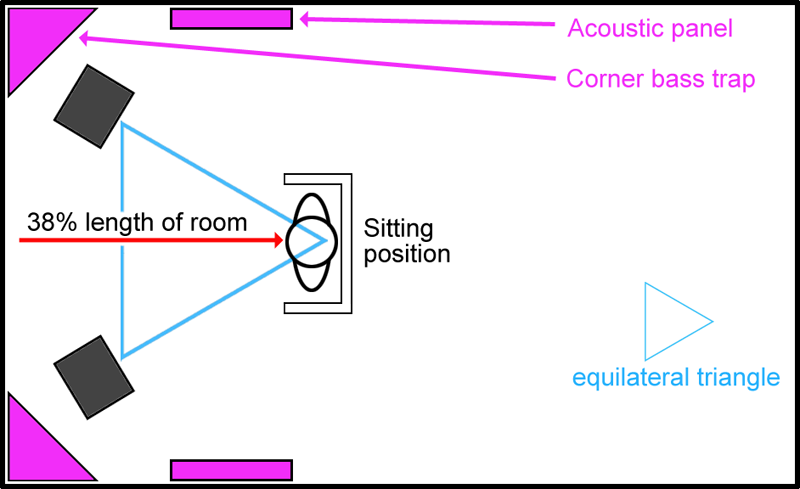
Check the picture above & working to the general rules I just explained setup your speaker position like this:
Step-1. Start by positioning the speakers approx 12" from the rear wall & approx 24" from the side walls. If your room is very narrow you might only be able to get the speakers around 12" from the side walls or they will be too close together, that is ok, but the further you can get the speakers from the side-walls the better.
Step-2. Now position the speakers facing inwards at an angle as shown and position your chair at the point of an equilateral triangle between the speakers. An eqilateral triangle has equal degrees in each corner: 60 degrees x 60 degrees x 60 degrees.
Step 3. (Optional) Add bass corner traps which should be tall enough to extend above & below the speakers' position.
Step 4. (Optional) Add acoustic absorber/diffuser panels on the left/right walls positioned about 50% distance between speakers and listening position.
That's it. You are all done. Now you just need to learn how your speakers and room sound together.
General tips
Tip-1: If your speakers are placed on a wooden desktop, sit each speaker on a bag of sand!
Professional speaker stands are usually filled with sand to make them dead & we can very cheaply copy this technique. You can buy small 5 - 10 kgm bags of builders sand from any DIY hardware chain. Buy 2 bags of sand. The size of the bag should be such that when it is placed flat on a desktop it is big enough for your speaker to sit on it with room to spare round the edges. Sitting your speakers on sand-bags will kill any resonances from travelling into the desk they are sitting on. if the bags don't look nice wrap them in a decorative or plain fabric secured with gaffa tape underneath.
Tip-2: You can make super efficient corner bass traps by using cheap cotton-filled futon mattresses!
Corner bass traps are actually quite expensive to buy, but you can make really efficient ones with no actual construction work.
IMPORTANT: a real futon mattress is not made of foam, it is made of packed cotton wadding. For this to work, the futon mattresses you use must be filled with cotton wadding.
Get two single or double futon mattresses from somewhere like Ikea or from ebay & roll each one up tightly into a sausage-roll shape. Now secure the rolled-up mattresses with some bungy straps or strong twine.
Now your two futons are rolled up into a sausage-roll shape, stand each one vertically in either corner of the room behind the speakers (secure vertically to the corner if required with straps secured by hooks).
Trust me, if you use real futon mattresses filled with cotton wadding they will be better than most cheaper corner bass traps you can buy. Obviously a double mattress will make a fatter/thicker bass trap roll than a single mattress.
Tip-3: You can made your own panel absorbers/diffusers for the side walls
You can DIY your own absorber/diffusion panels, just search google & you will find endless plans to build them yourself, but is it cost effective any more? Woodworking materials actually cost a lot of money nowadays and it is often no longer cost efficient to build your own. There are many ready made panels to choose from on the market from various companies which you can buy from studio equipment stores & they don't cost too much money.
Tip-4: Use bookshelfs instead of acoustic panels for side walls
The acoustic panels for either side wall are to reduce & break up sound waves bouncing off the side walls between you and the speakers & reflecting back to your listening position from the sides. But these sort of acoustic panels do not only absorb frequencies, they also break them up. If you place wall mounted bookshelves in the position where the panels would go and those shelves are filled with lots of different sized books and other objects, this will break up the sound waves from bouncing directly off each side-wall to your listening position. In essense a bookshelf full of different sized books & objects behaves a bit like a BBC diffuser panel in that it presents an NON-uniform surface to soundwaves which means they get broken up.

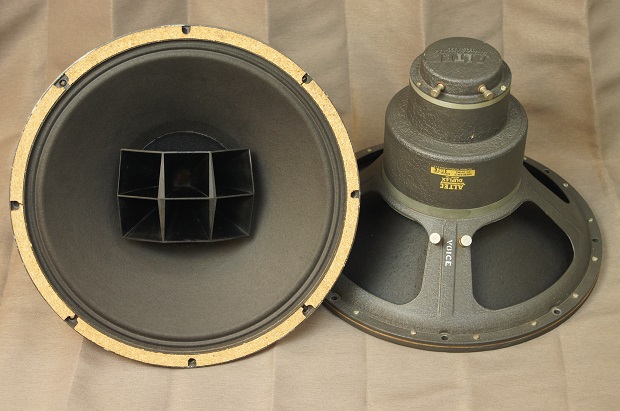
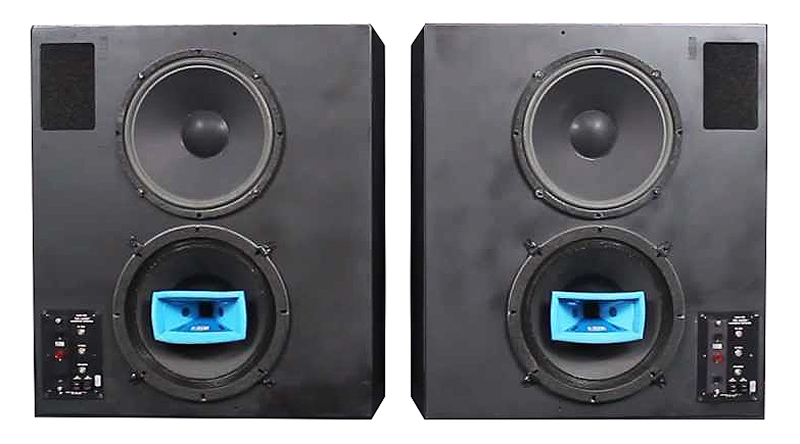
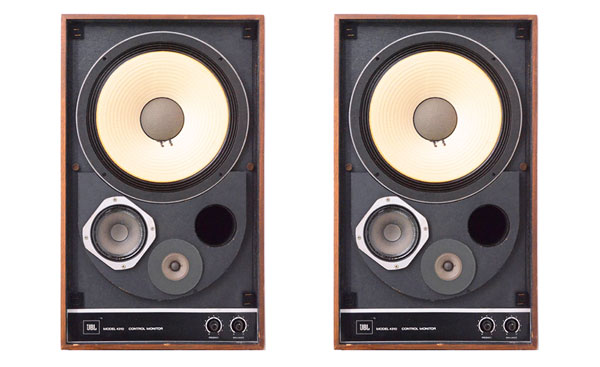
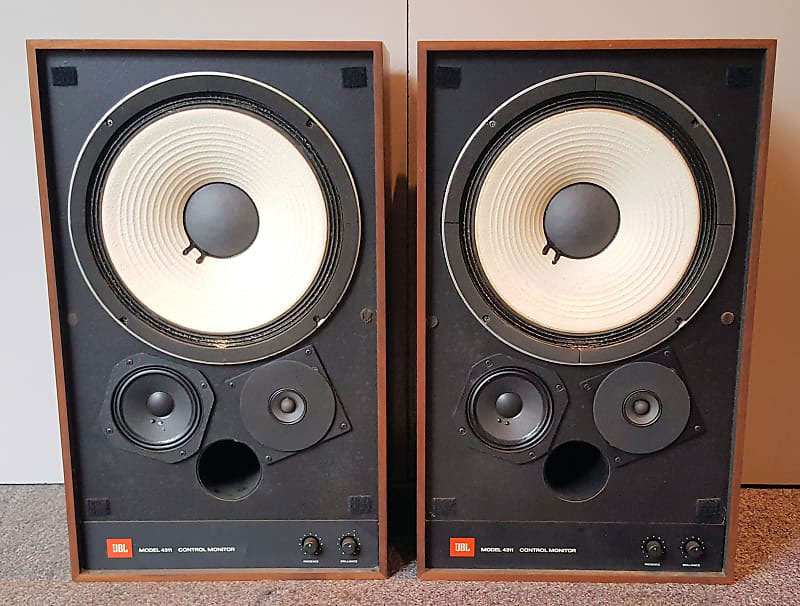
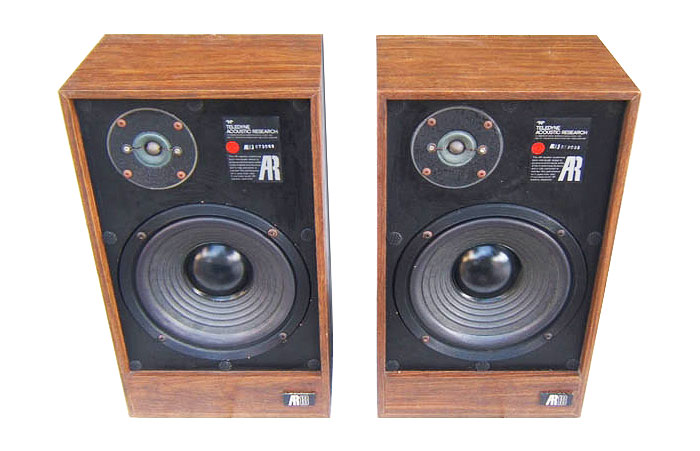
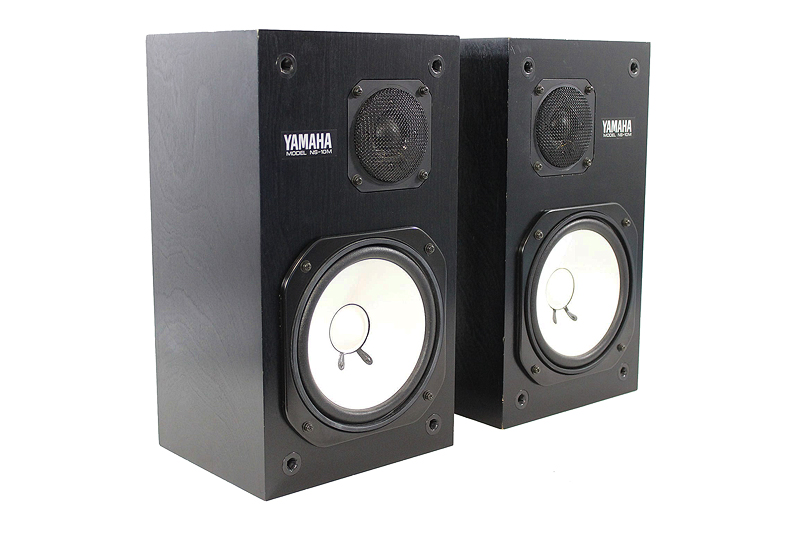
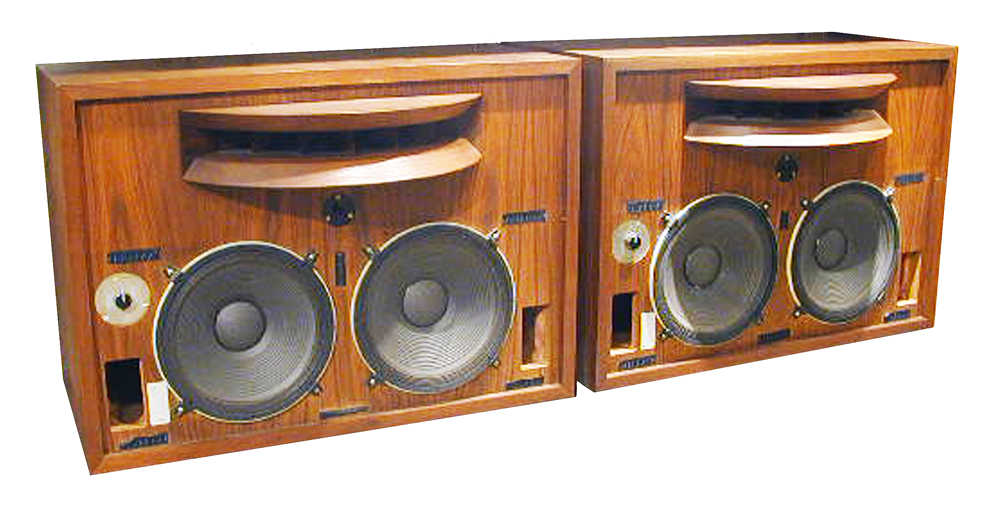
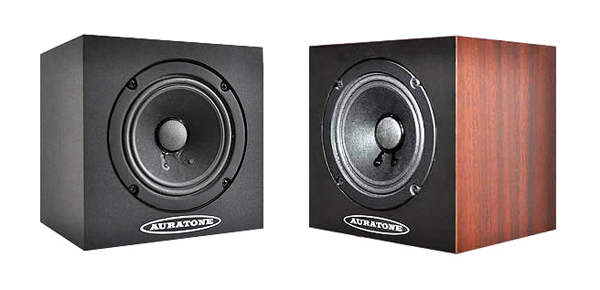
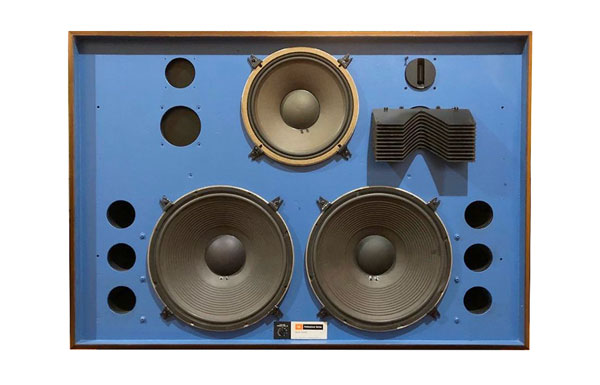
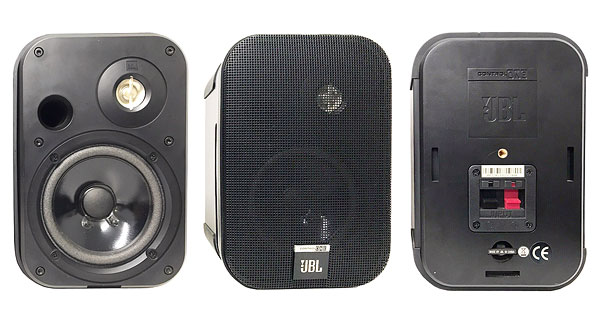
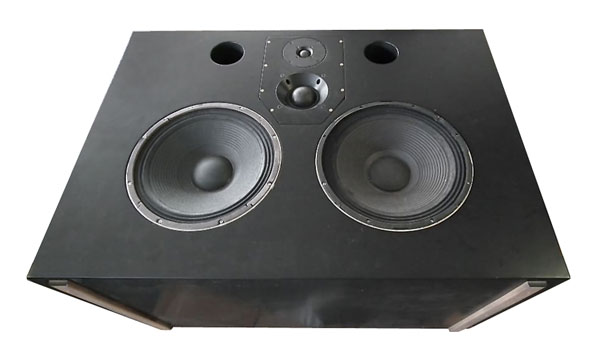
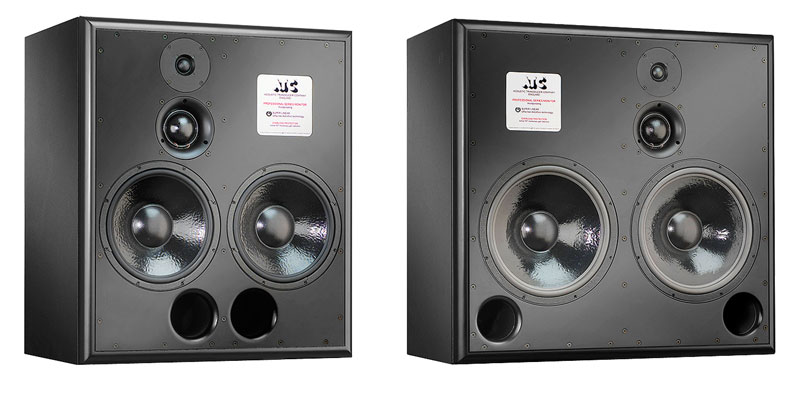
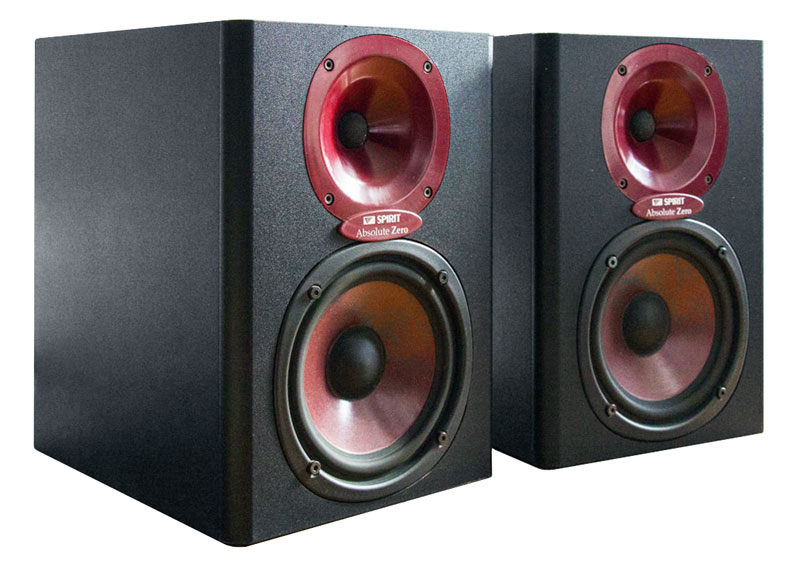
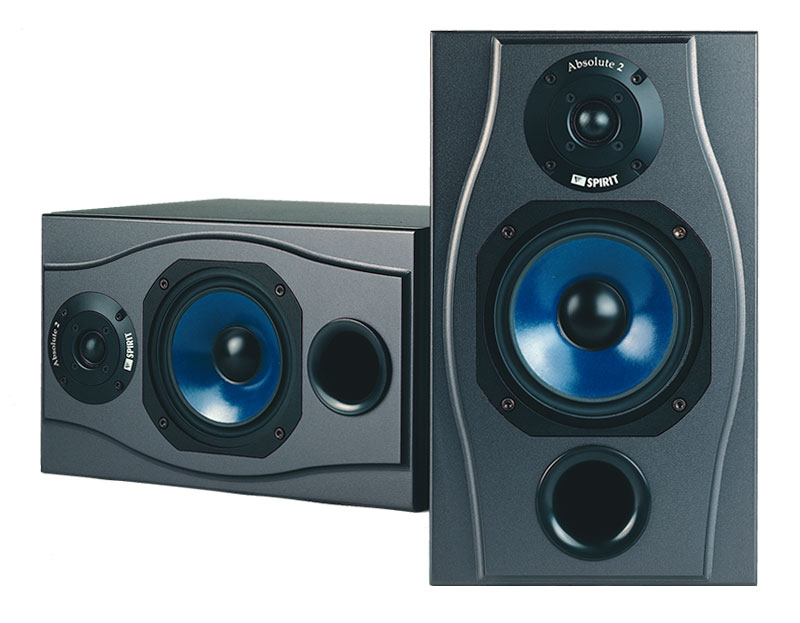
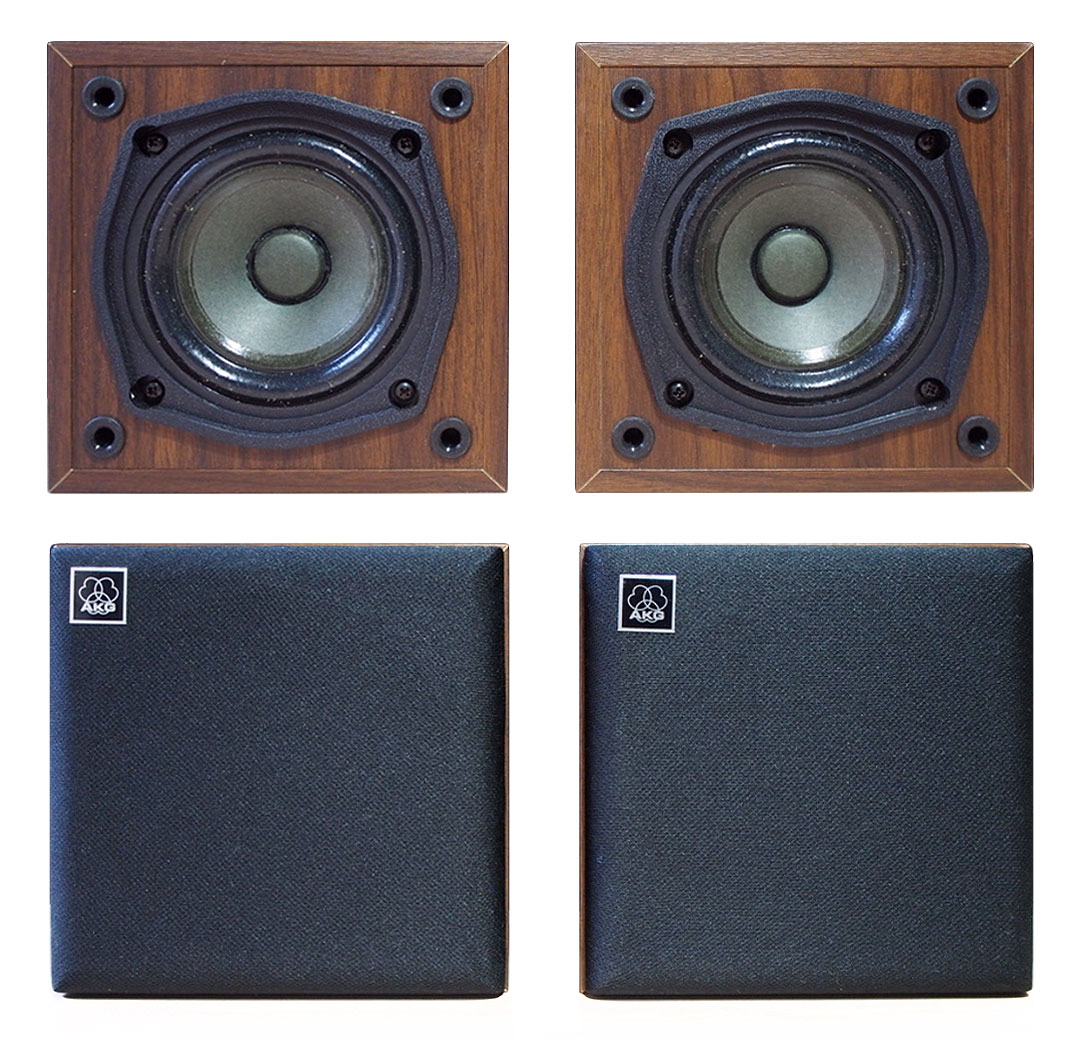
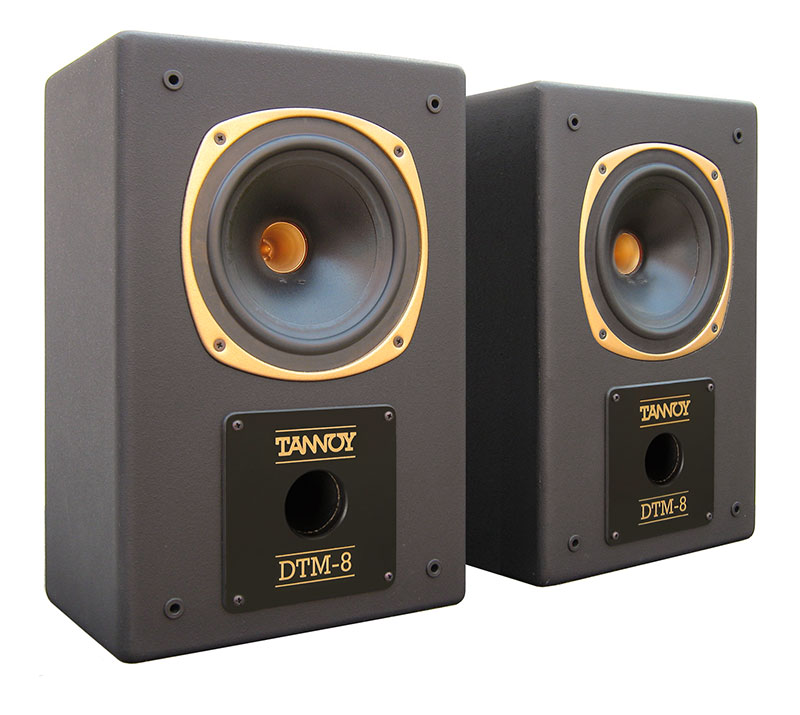

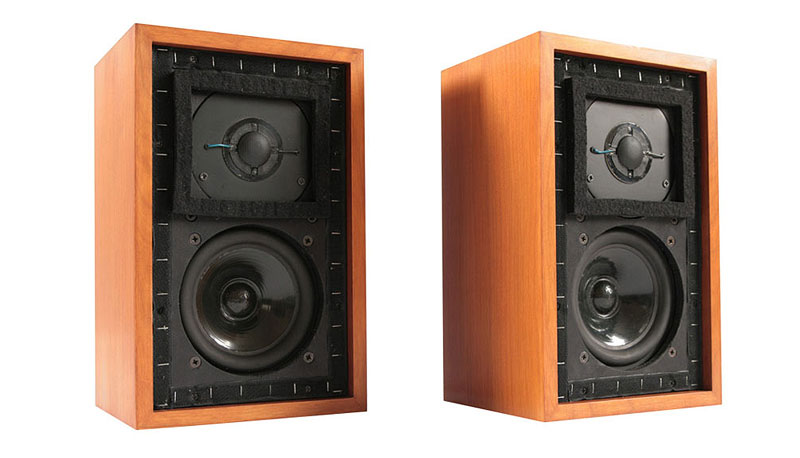
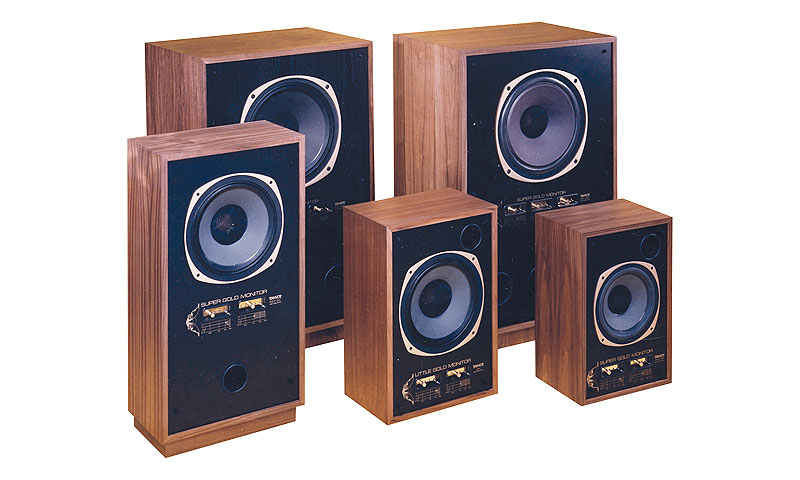
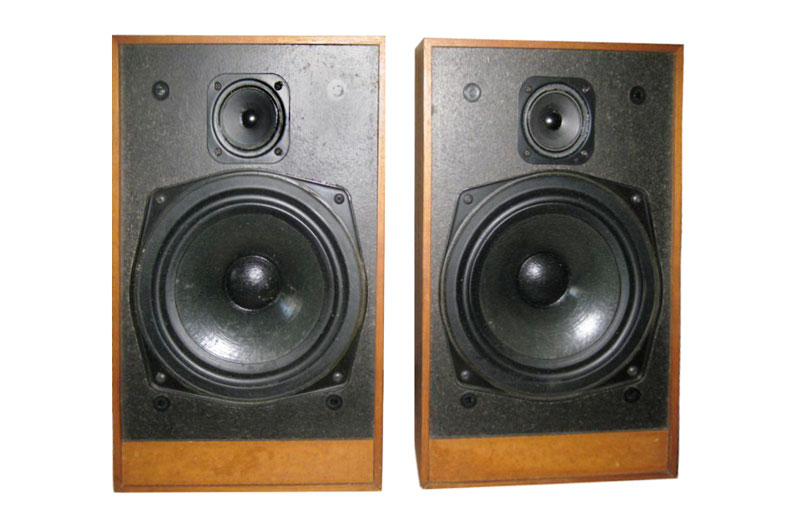
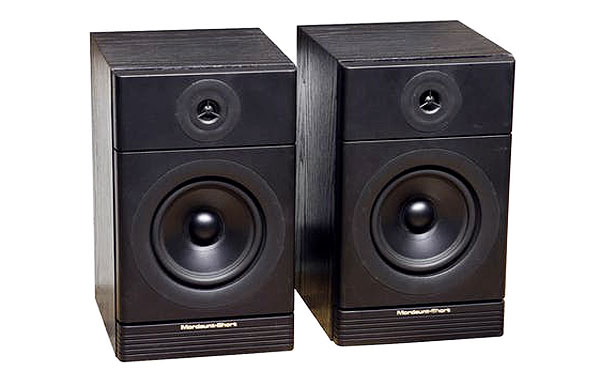
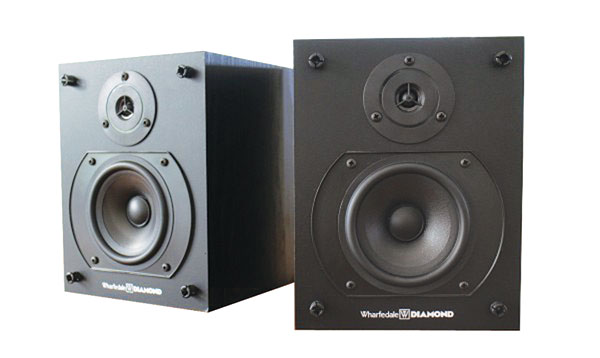
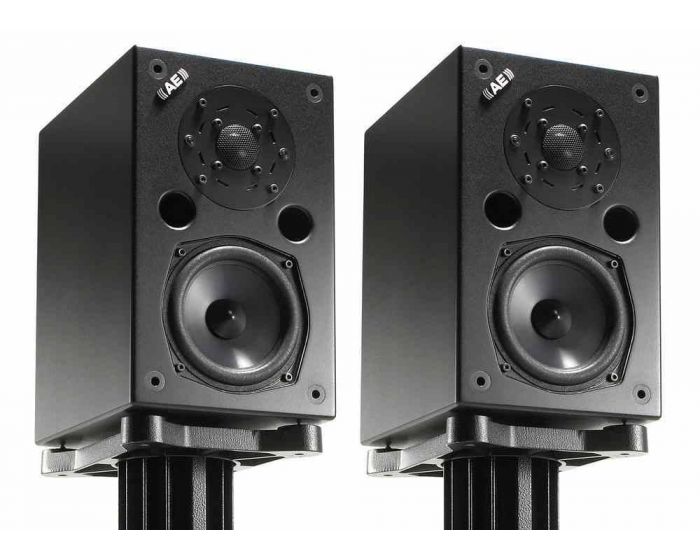
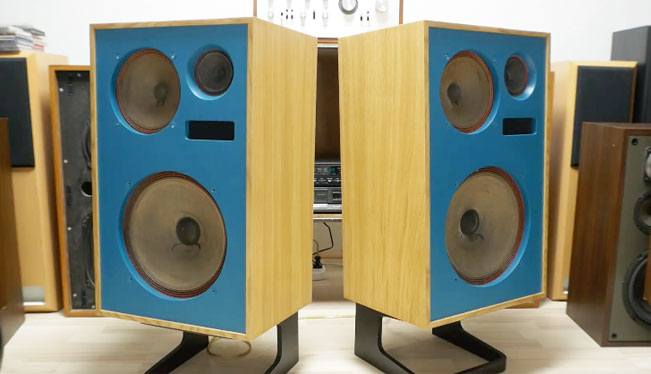
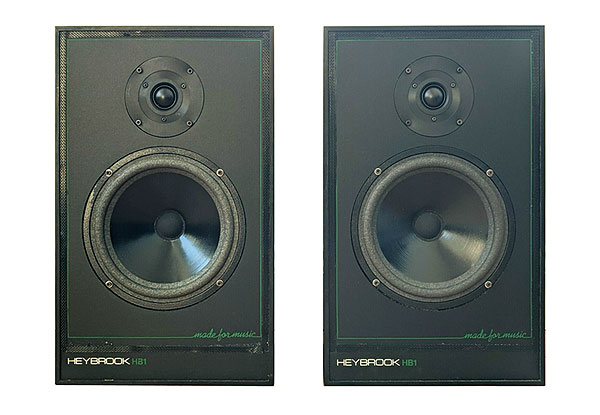
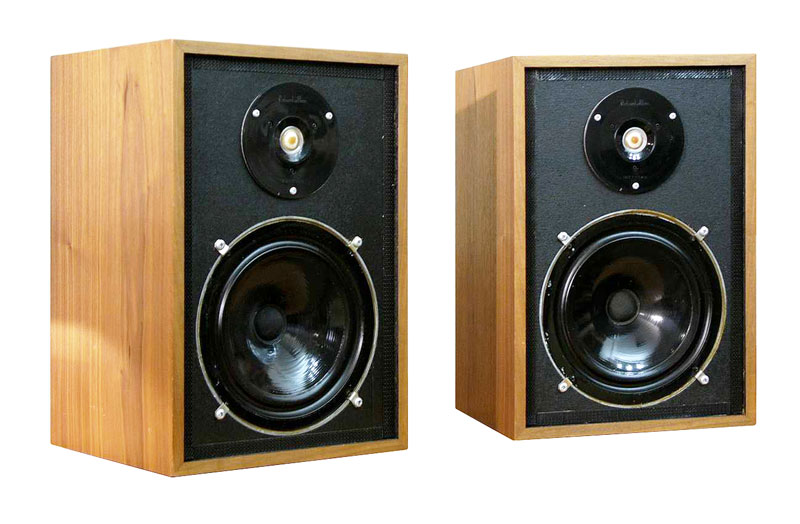



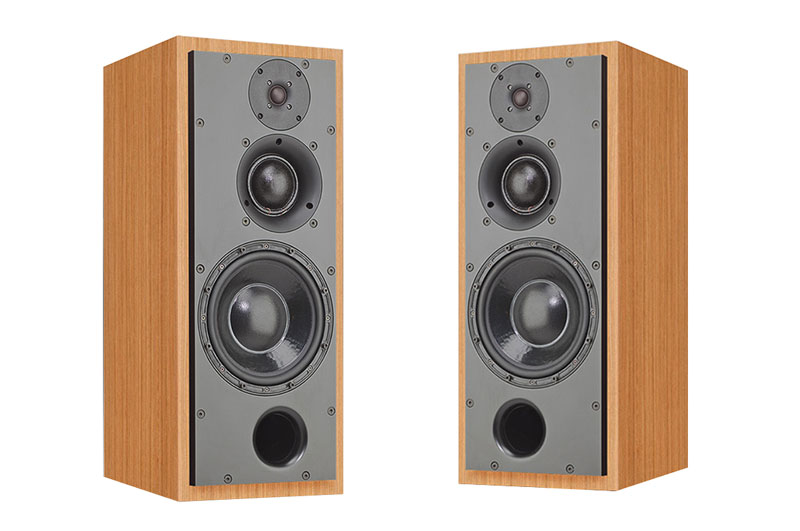
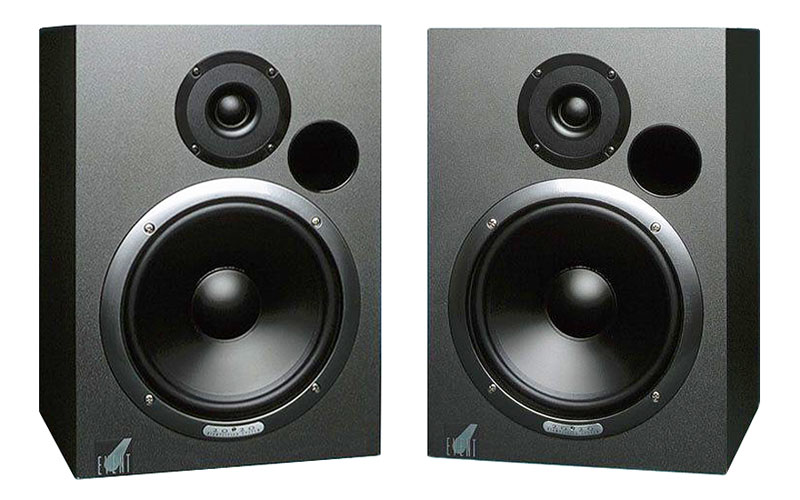
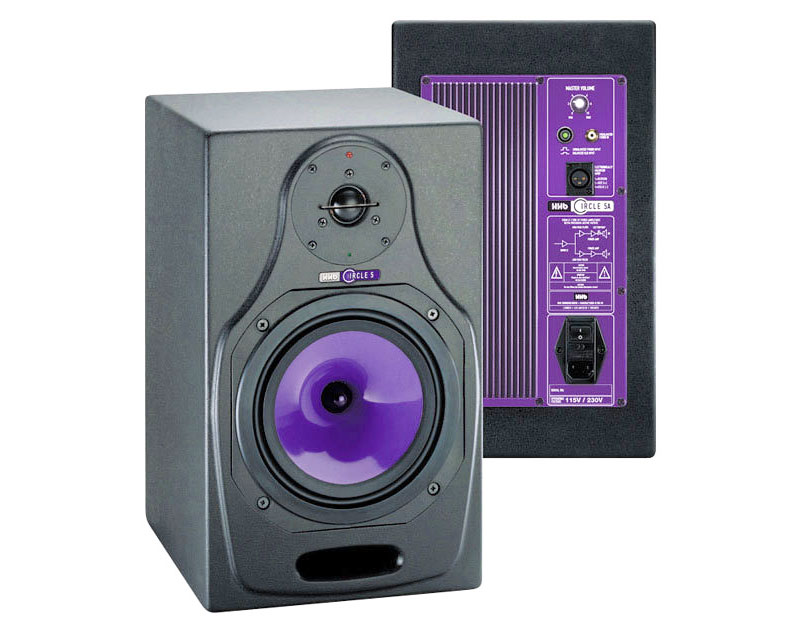
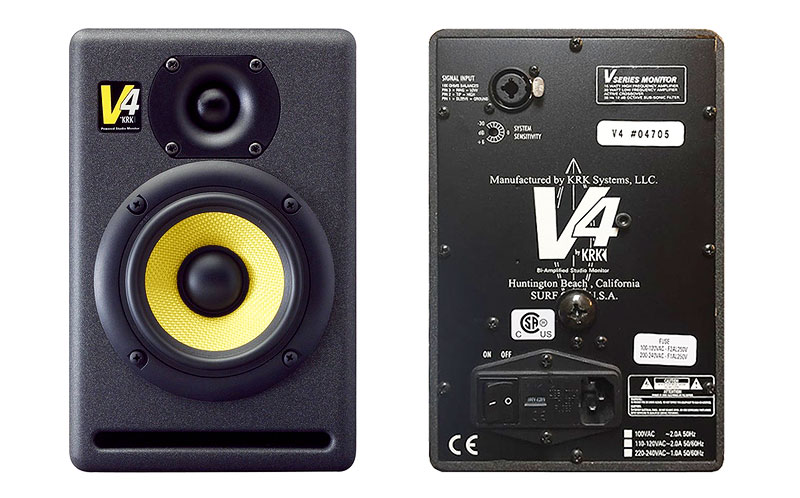
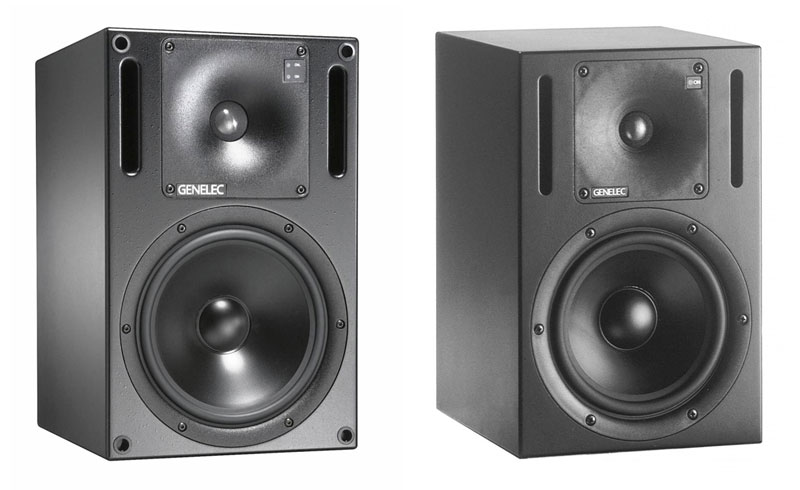
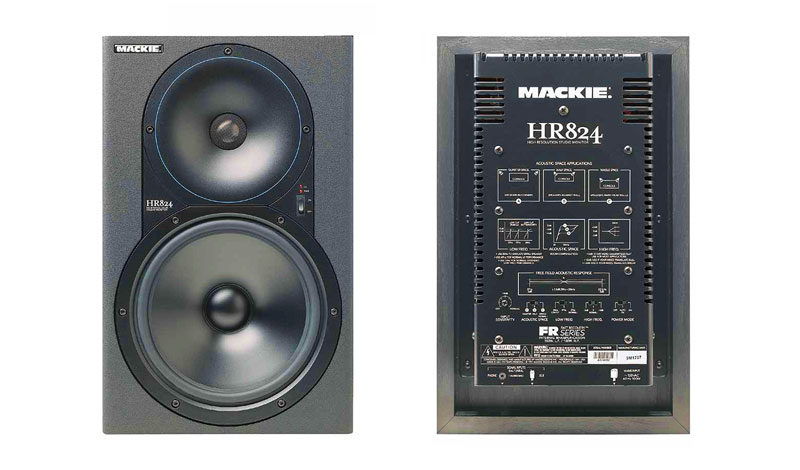

James
23-July-2020
Heading
Heading
Heading
Add a review or comment